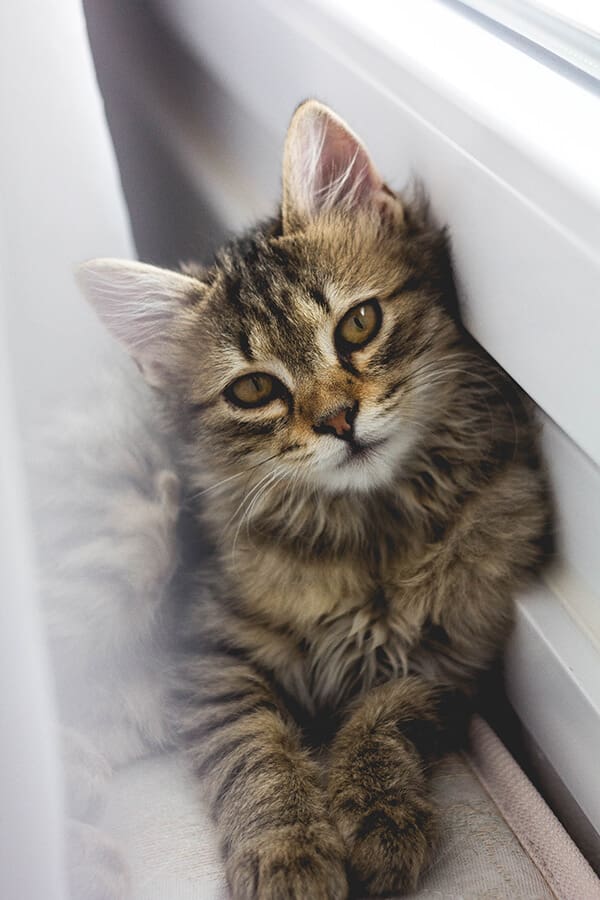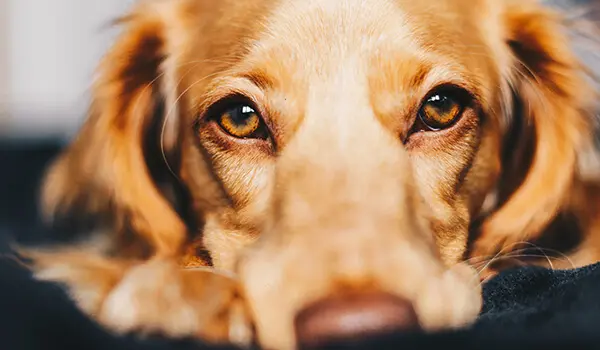We love our pets. They are sweet, funny, cute, beautiful, and snuggly. They are proven to be both physically and emotionally therapeutic. They are even good for our social lives. And perhaps it’s selfish, but humans do love to be loved in return—who else is so happy to see you every time you walk through the door? Pets are furry family.

We think “kitty cat eyes” are pretty effective, too.
While that unconditional love from your dog or cat is part of their charming nature, there is science that proves that the most simple of actions between pet and owner is deepening our mutual love every time we do it. Those “puppy dog eyes” are tugging our heart strings by causing an increase in the love hormone, oxytocin.
Humans, as a species, use our eyes for communicating and bonding. Oxytocin, produced by the hypothalamus, is secreted for various reasons, but the emotional, bond-forming payoff is clear. When we gaze into each other’s eyes, there is a boost in our oxytocin levels which deepens emotional connection. This helps us to form bonds, fall in love, and even strengthen some memories.
A 2015 study of dogs determined that the same thing happens with our canine friends. When we gaze into their eyes, we produce oxytocin that makes us love them more. When they gaze in ours, the same thing happens to them. They can even produce oxytocin as a result of smelling ours! Biology is wonderful and weird!
 What’s more, it appears that as we domesticated dogs, they might have developed this to adapt to their new relationships with humans. How do we know this? Because their wild, wolfy relatives don’t rely on eye-to-eye gazing for bonding. If we take this a step further, modern dogs have even developed the specific muscles that allow them to be so expressive with their eyebrows. Wolves don’t appear to have those muscles at all!
What’s more, it appears that as we domesticated dogs, they might have developed this to adapt to their new relationships with humans. How do we know this? Because their wild, wolfy relatives don’t rely on eye-to-eye gazing for bonding. If we take this a step further, modern dogs have even developed the specific muscles that allow them to be so expressive with their eyebrows. Wolves don’t appear to have those muscles at all!
What about cats? We haven’t found any corresponding studies of cats looking for the exact same traits, but we’d wager that the findings would be similar. Cats and eye contact just seem to go together.